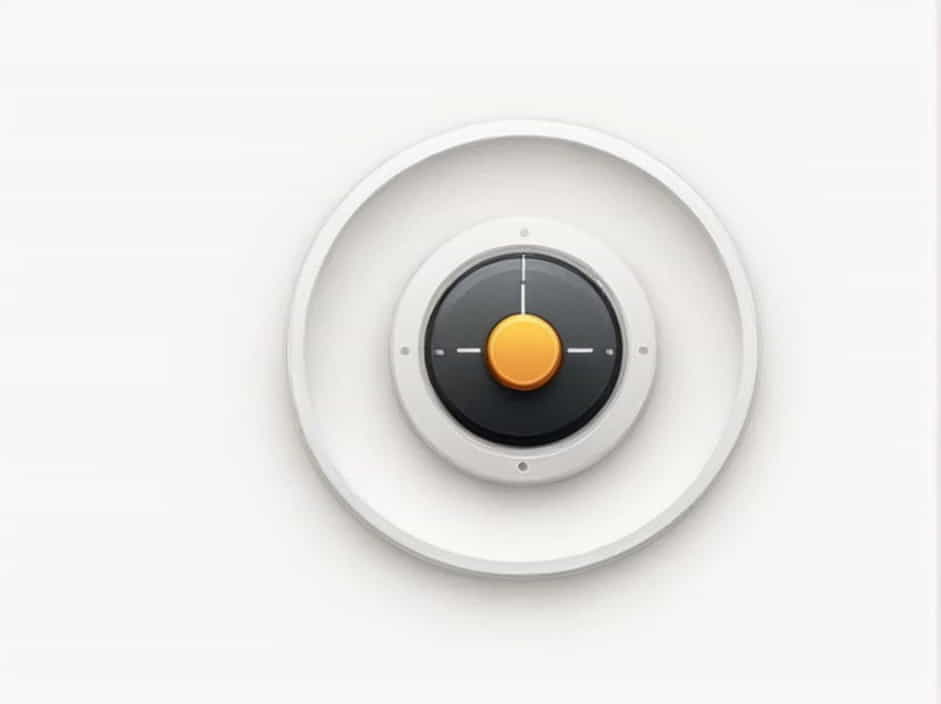Sound is an essential part of human life, influencing communication, entertainment, and environmental awareness. The loudness of sound is a perceptual measure of sound intensity, indicating how strong or weak a sound appears to the human ear. To quantify loudness, scientists use specific units of measurement.
The primary unit for measuring the loudness of sound is the decibel (dB). This topic explores the concept of loudness, the decibel scale, factors affecting sound perception, and practical applications of loudness measurement.
What Is Loudness of Sound?
Loudness is a subjective perception of sound intensity. It is not just about the physical energy of sound waves but also about how the human ear interprets these waves.
Sound is produced by vibrations that travel through a medium (air, water, or solids) as longitudinal waves. The intensity of these waves determines how loud or soft a sound appears.
Difference Between Loudness and Intensity
- Loudness is a perceived characteristic of sound that depends on the human auditory system.
- Intensity is the physical measurement of sound energy per unit area, expressed in watts per square meter (W/m²).
While intensity is an objective property, loudness varies based on human sensitivity and external factors.
Unit of Loudness: The Decibel (dB)
What Is a Decibel?
The decibel (dB) is the standard unit of measurement for sound loudness. It is a logarithmic unit, meaning it represents sound intensity on a relative scale rather than an absolute one.
The decibel is used because the human ear perceives sound intensity non-linearly. A small increase in decibel levels corresponds to a significant increase in perceived loudness.
Formula for Sound Level in Decibels
Sound intensity level is measured using the formula:
where:
- L is the sound level in decibels (dB),
- I is the sound intensity (W/m²),
- I_0 is the reference intensity (10⁻¹² W/m²), the quietest sound detectable by the human ear.
Since the decibel scale is logarithmic, a 10 dB increase represents a 10 times increase in intensity but only about twice the perceived loudness.
Understanding the Decibel Scale
The decibel scale ranges from 0 dB (threshold of hearing) to over 140 dB (pain threshold). Here are some common sound levels:
| Sound Source | Loudness (dB) |
|---|---|
| Threshold of Hearing | 0 dB |
| Whisper | 20 dB |
| Normal Conversation | 60 dB |
| City Traffic | 80 dB |
| Rock Concert | 110 dB |
| Jet Engine (Close Range) | 140 dB (Pain Threshold) |
A change of 3 dB is barely noticeable, while a 10 dB increase is perceived as twice as loud.
Threshold of Human Hearing
Humans can hear sounds within a range of 20 Hz to 20,000 Hz and between 0 dB (very soft) and 140 dB (very loud). Prolonged exposure to sounds above 85 dB can cause permanent hearing damage.
Factors Affecting Loudness Perception
1. Sound Intensity
Loudness increases with higher sound intensity. A louder sound has a higher amplitude of vibration.
2. Frequency of Sound
The human ear is more sensitive to frequencies between 1,000 Hz and 5,000 Hz. Sounds outside this range may require higher intensity to be perceived as equally loud.
3. Distance from the Source
Sound becomes weaker as the distance from the source increases. This follows the inverse square law, meaning doubling the distance reduces intensity to one-fourth.
4. Background Noise
Loudness perception changes depending on the surrounding environment. A 50 dB conversation sounds normal in a quiet room but hard to hear in a noisy crowd.
5. Hearing Sensitivity
Hearing ability varies among individuals due to age, health, and prior exposure to loud sounds. People with hearing loss may require higher sound levels to perceive normal loudness.
Practical Applications of Loudness Measurement
1. Hearing Protection and Safety
- Loudness measurement helps prevent hearing loss in workplaces with high noise levels (e.g., factories, airports).
- OSHA (Occupational Safety and Health Administration) sets safe noise exposure limits to protect workers.
2. Sound Engineering and Acoustics
- Audio engineers use decibel levels to mix sound in music production, concerts, and film audio.
- Architects design buildings with soundproofing materials to manage noise levels.
3. Environmental Noise Control
- Governments regulate urban noise pollution to maintain livable cities.
- Noise barriers and zoning laws help reduce excessive loudness in residential areas.
4. Medical and Audiology Applications
- Audiologists use decibel measurements in hearing tests to diagnose hearing impairments.
- Hearing aids amplify sound to a comfortable loudness level for people with hearing loss.
5. Communication and Broadcasting
- Decibel levels are optimized in television, radio, and phone speakers to maintain clear sound without distortion.
- Public announcement systems balance loudness for large audiences.
Other Units Related to Sound Measurement
While the decibel is the primary unit of loudness, other sound-related measurements include:
| Unit | Description |
|---|---|
| Pascal (Pa) | Measures sound pressure in Newtons per square meter (N/m²). |
| Hertz (Hz) | Measures sound frequency, indicating pitch. |
| Phon | A subjective unit of perceived loudness based on human hearing. |
| Sone | Another loudness scale used in psychoacoustics. |
These units help provide a complete understanding of sound characteristics in different scientific and industrial applications.
The loudness of sound is measured in decibels (dB), a logarithmic unit that quantifies sound intensity. The human ear perceives loudness subjectively, influenced by factors like intensity, frequency, and distance.
Measuring sound levels is crucial for hearing protection, noise control, audio engineering, and medical applications. Understanding the decibel scale helps us appreciate how sound affects our daily lives and health.
